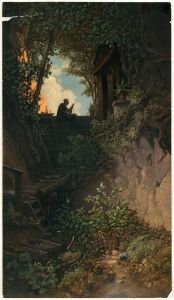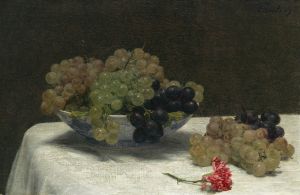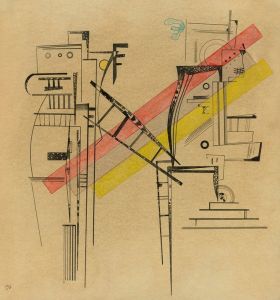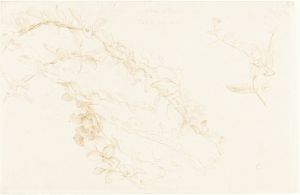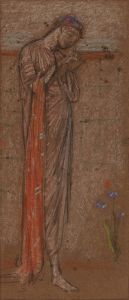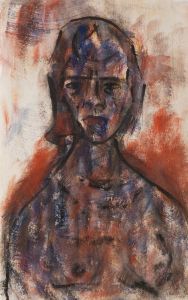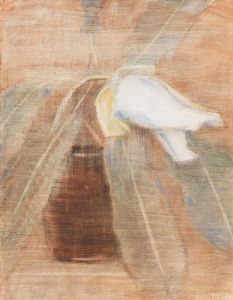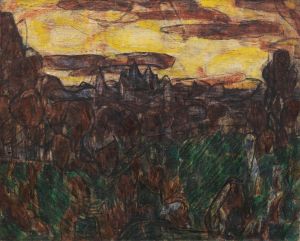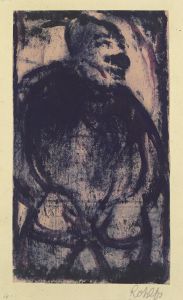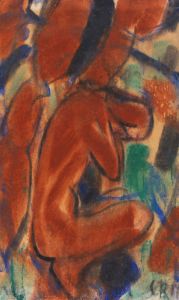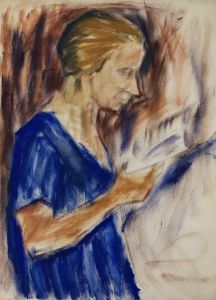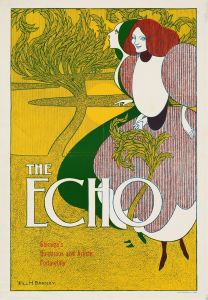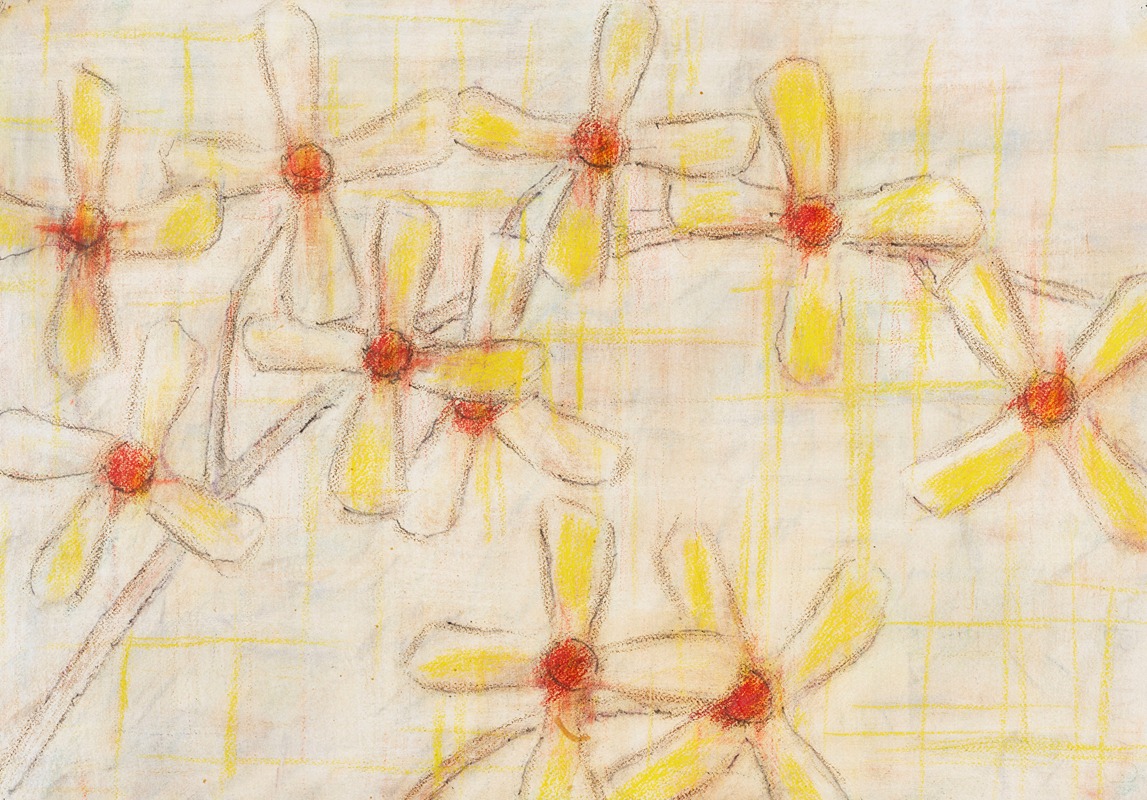
Sternblüten
A hand-painted replica of Christian Rohlfs’s masterpiece Sternblüten, meticulously crafted by professional artists to capture the true essence of the original. Each piece is created with museum-quality canvas and rare mineral pigments, carefully painted by experienced artists with delicate brushstrokes and rich, layered colors to perfectly recreate the texture of the original artwork. Unlike machine-printed reproductions, this hand-painted version brings the painting to life, infused with the artist’s emotions and skill in every stroke. Whether for personal collection or home decoration, it instantly elevates the artistic atmosphere of any space.
Christian Rohlfs was a prominent German painter associated with the Expressionist movement, known for his vibrant use of color and dynamic compositions. One of his notable works is "Sternblüten," which translates to "Star Blossoms" in English. This painting exemplifies Rohlfs' mature style, characterized by a bold use of color and a focus on abstract forms.
"Sternblüten" was created during a period when Rohlfs was deeply influenced by the Expressionist movement, which sought to convey emotional experience rather than physical reality. This movement was a reaction against the more conservative artistic traditions of the time, and it emphasized individual perspective and emotional depth. Rohlfs, like many of his contemporaries, was inspired by the possibilities of color and form to express complex emotions and ideas.
The painting itself is a vibrant explosion of colors and shapes, reminiscent of the natural world yet abstracted to the point of being almost unrecognizable. The title "Sternblüten" suggests a connection to both celestial and floral imagery, which is reflected in the star-like shapes and petal-like forms that populate the canvas. Rohlfs' use of color is particularly striking, with bold contrasts and a dynamic interplay of light and shadow that draw the viewer's eye across the composition.
Rohlfs' technique in "Sternblüten" involves the application of paint in thick, expressive strokes, a hallmark of his later work. This method not only adds texture to the painting but also enhances its emotional impact, inviting viewers to engage with the work on a visceral level. The painting's abstract nature allows for multiple interpretations, encouraging viewers to explore their own emotional responses to the work.
Christian Rohlfs was born in 1849 in what is now Germany, and he began his artistic career studying at the Weimar Academy. Initially, his work was more aligned with the realist tradition, but over time, he became increasingly drawn to the avant-garde movements that were emerging in Europe. By the early 20th century, Rohlfs had fully embraced Expressionism, and his work began to reflect the movement's emphasis on emotional expression and abstraction.
Throughout his career, Rohlfs was recognized for his contributions to modern art, and he became a respected figure within the German art community. However, his work was not without controversy. During the Nazi regime, Rohlfs' art was labeled as "degenerate," and many of his works were removed from public collections. Despite this, Rohlfs continued to paint until his death in 1938, leaving behind a legacy that would influence future generations of artists.
"Sternblüten" is a testament to Rohlfs' skill as a painter and his ability to convey complex emotions through abstract forms. The painting remains an important example of Expressionist art and continues to be studied and appreciated for its innovative use of color and form. While specific details about the painting's provenance and current location may not be widely documented, its significance within Rohlfs' oeuvre and the broader context of Expressionist art is well recognized.





